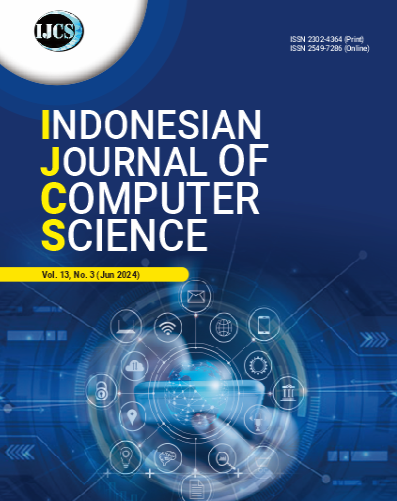Exploring Image Representation and Color Spaces in Computer Vision: A Comprehensive Review
DOI:
https://doi.org/10.33022/ijcs.v13i3.3998Abstract
This paper presents a comprehensive review of image representation and color spaces in the domain of
computer vision. Image representation serves as the foundation of computer vision systems, encompassing
techniques such as pixel-based, vector-based, and feature-based representations. Color spaces provide a
standardized framework for encoding color information in digital images, with popular models including
RGB, HSV, Lab, and CMYK. The paper explores fundamental concepts, comparative analysis, practical
applications, and future directions in image representation and color spaces. Insights gained from the review
highlight the significance of these concepts in various computer vision applications, including object
recognition, image segmentation, and image enhancement. Future research directions include addressing
challenges such as achieving color constancy and developing adaptive color space selection techniques. By
leveraging the findings from this review, researchers and practitioners can advance the state-of-the-art in
computer vision and develop more robust and effective systems for real-world applications.
Downloads
Published
Issue
Section
License
Copyright (c) 2024 Hewa Majeed Zangana

This work is licensed under a Creative Commons Attribution-ShareAlike 4.0 International License.





